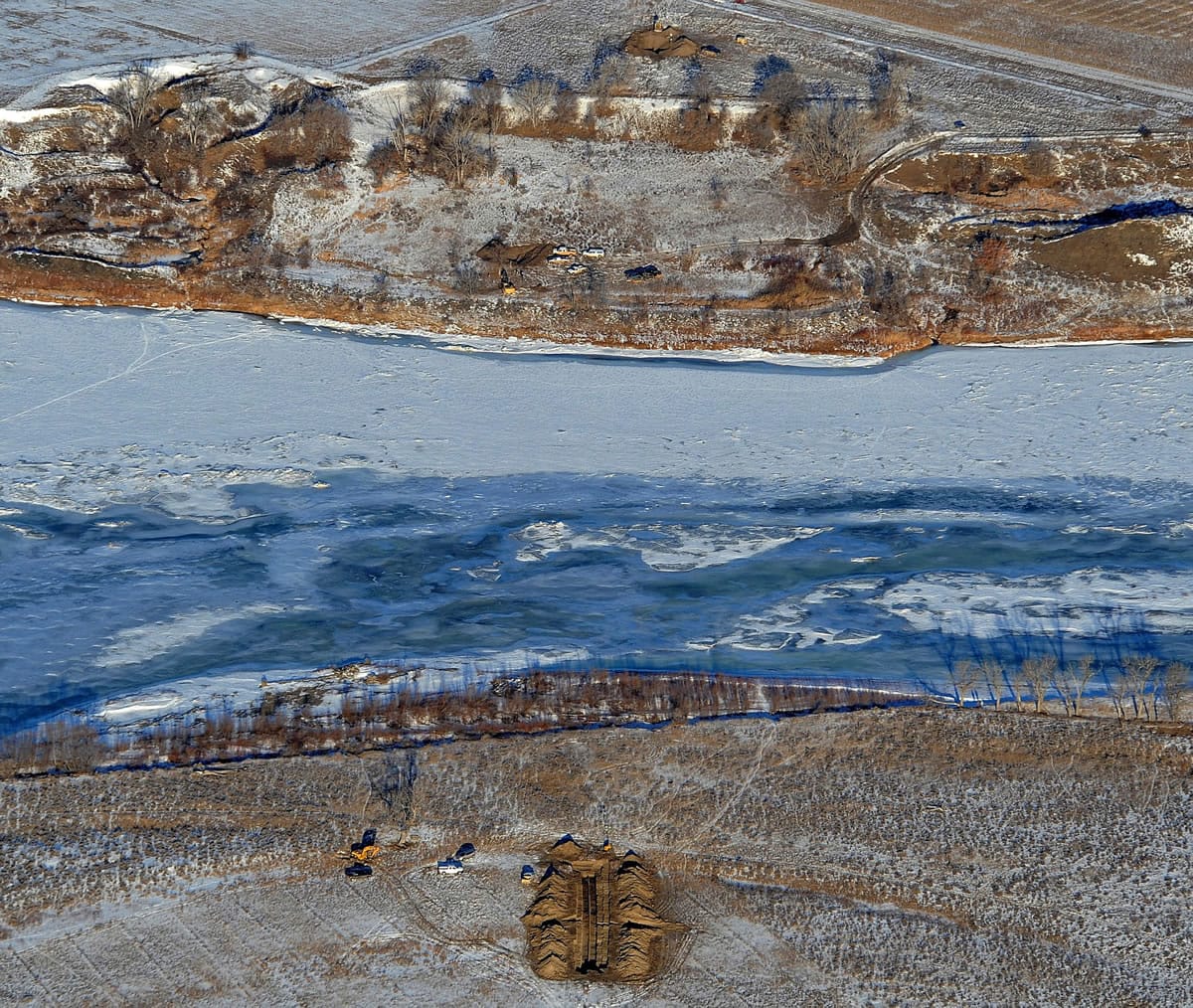Related
Senate approves Keystone XL pipeline bill
BILLINGS, Mont. (AP) — Oil pipeline accidents have become increasingly frequent in the U.S. as Congress presses the Obama administration to approve the Keystone XL pipeline — a project that would pass near the spot where 30,000 gallons of crude spilled into Montana’s Yellowstone River earlier this month.
The Montana pipeline breach temporarily fouled a city’s water supply and emerged as the latest in a string of spills to highlight ongoing problems with maintenance of the nation’s 61,000 miles of crude oil pipelines.
An Associated Press review of government records shows accident numbers growing steadily since 2009, reversing a decade-long decline.
After the U.S. Senate voted 62-36 Thursday to approve Keystone, Democratic Sen. Maria Cantwell of Washington state cited the increase in spills in calling for President Barack Obama veto the measure.
Yet in the politically charged debate over Keystone, its detractors aren’t the only ones seizing on the Yellowstone spill. So are lawmakers who support the project.
North Dakota Democrat Sen. Heidi Heitkamp said building it was preferable to using older pipelines such as the one in the Yellowstone spill, which was installed in 1967.
“To the extent that we have problems with spills, it’s with aging infrastructure,” Heitkamp said. “Keystone is going to be state-of-the-art.”
U.S. Department of Transportation records show at least 73 pipeline-related accidents in 2014 — an 87 percent increase over 2009. Because of a lag in reporting by companies, the 2014 figure still could rise.
The tally includes accidents in which someone was killed or hospitalized, five or more barrels of oil were released, a fire or explosion occurred, or costs from the accident topped $50,000.
The increase came as surging domestic oil production boosted crude shipments by pipeline by about 20 percent, to 8.3 billion barrels annually, between 2009 and 2013, the most recent year available.
Meanwhile, pipes that were put in the ground decades ago are wearing out, said Rebecca Craven, program director for the group Pipeline Safety Trust.
Almost half the pipeline-related accidents since 2009 involved lines or equipment installed more than 40 years ago, according to records on more than 250 accidents that were reviewed by The AP and included age information.
Pipeline industry representatives say the increase in accidents is less straightforward than the federal data suggest.
An industry examination of crude oil and other hazardous-liquid accidents in 2013 showed that in two-thirds of cases, the spill did not leave the responsible company’s property, said John Stoody, vice president of the Association of Oil Pipe Lines. Most of the accidents involved fewer than five barrels, or 210 gallons.
The recent Montana spill was the second in less than four years on the Yellowstone, a largely untamed river that flows from Yellowstone National Park and across the breadth of Montana before feeding into the Missouri River in North Dakota.
The accident happened after a 120-foot section of Bridger Pipeline’s Poplar Pipeline became exposed beneath the river, increasing its vulnerability to underwater debris.



